Rubber Roofing Contact Adhesive
ClassicBond Contact Adhesive
This is a high strength, solvent based bonding adhesive specifically designed and manufactured to withstand the temperature extremes of flat roofing installations. Perfect for bonding ClassicBond the roof deck and vertical surfaces.
Suitable for a range of surfaces e.g. timber, brickwork, metal, PVC & concrete.
Application Up-stands: Use a 4" mini roller to apply contact adhesive to both the up-stand and rubber roofing membrane. It is also good practice to secure the membrane to the deck perimeter with a 150mm width strip of contact adhesive. This will stop the membrane from lifting due to shrinkage. Ensure that the contact adhesive is touch dry before rolling the membrane onto the substrate/up-stand.
Application Non-Permeable Deck: Using a roller apply contact adhesive to both the deck and underside of membrane evenly. Ensure that the contact adhesive is touch dry before rolling the membrane onto the deck approx 5-20 minutes. Note It is not possible to re-position the membrane once stuck down using contact adhesive.
Size: 1.0 Litres (Coverage 1 to 2 sqm)
Size: 2.5 Litres (Coverage 4 to 5 sqm)
Size: 5.0 Litres (Coverage 7 to 10 sqm)
Size: 10 Litres (Coverage 15 to 20 sqm)
Coverage: 0.5 Ltr / m2 when applied to both sides (depending on surfaces)
You might also need
If you’re buying for a new roof or replacing an old one, you will need to consider the following components in your roof kit...
- Adhesives
- Tapes
- Drains
- Edge Trims
- Tools
SKU |
CB-Con |
|---|---|
Stock Type |
Warehouse Fulfilled |
Brand Name |
ClassicBond |
Color |
Opaque |
Coverage |
See Additional Info |
-
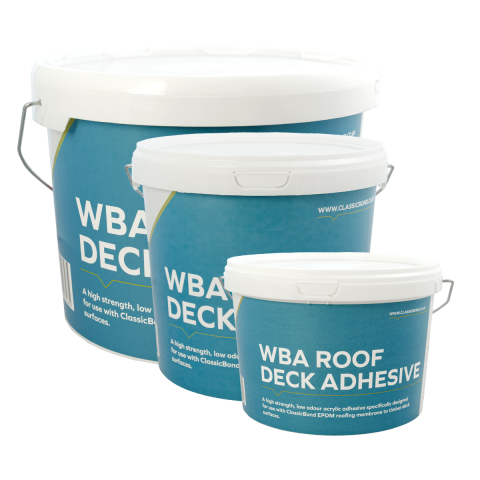 Water Based Deck AdhesiveFrom: £33.00 £27.50
Water Based Deck AdhesiveFrom: £33.00 £27.50 -
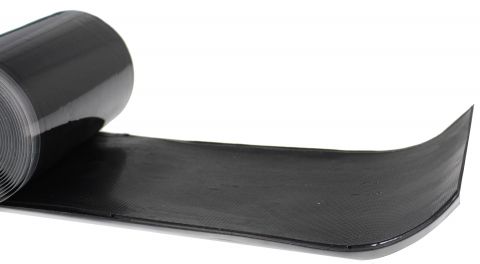 9 Inch Elastoform Uncured EPDM Tape£24.42 £20.35
9 Inch Elastoform Uncured EPDM Tape£24.42 £20.35 -
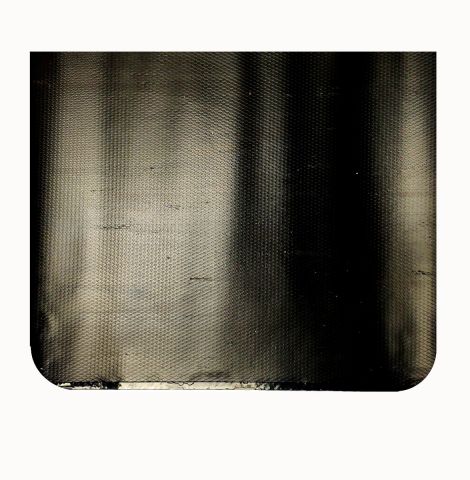 External Corner Patch Uncured Tape£7.70 £6.42
External Corner Patch Uncured Tape£7.70 £6.42 -
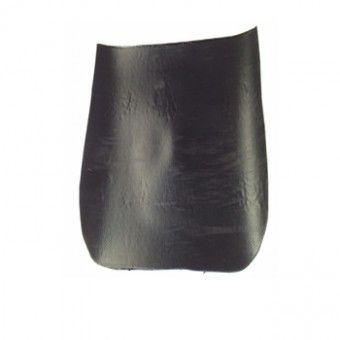 Internal Corner Patch Uncured Tape£3.94 £3.28
Internal Corner Patch Uncured Tape£3.94 £3.28 -
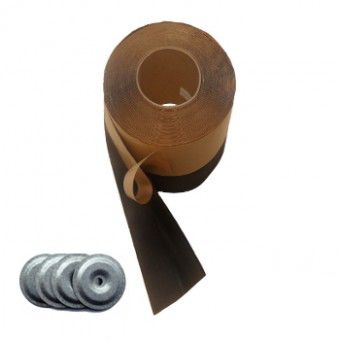 Russ Tape - Mechanical bonding£13.44 £11.20
Russ Tape - Mechanical bonding£13.44 £11.20










